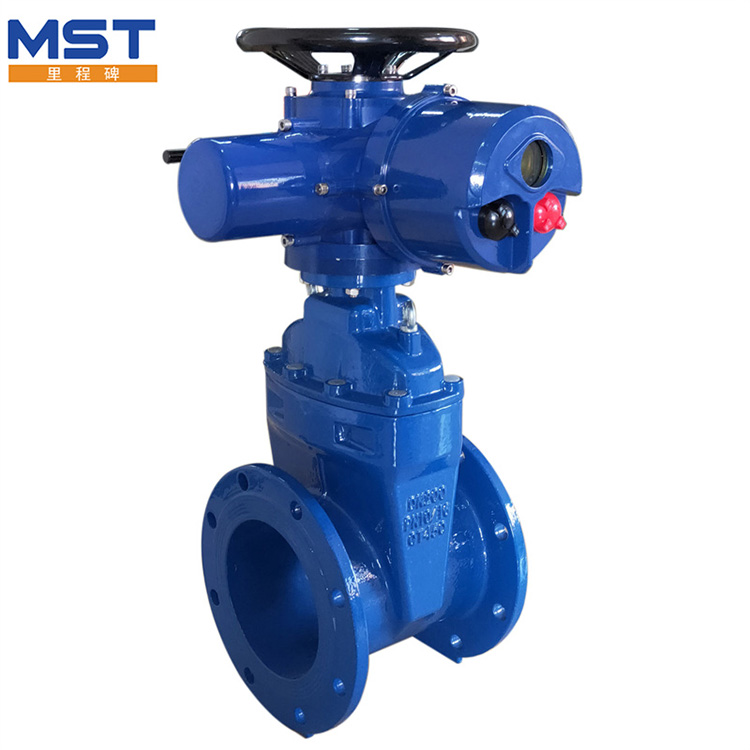Sizing Matters: The Impact of Ductile Cast Iron Water Manual Gate Valve Sizing on Performance
2024-03-02
Introduction:
In the intricate network of water distribution systems, gate valves serve as the guardians of flow control, ensuring the smooth and efficient movement of water. Among the various factors influencing the performance of gate valves, sizing emerges as a critical consideration. Proper sizing of ductile cast iron water manual gate valves is paramount to their effectiveness in different applications. In this blog, we explore the significance of valve sizing and how it impacts performance across various scenarios and environments.
Understanding Valve Sizing:
Valve sizing refers to the process of selecting gate valves with appropriate dimensions, capacities, and specifications to meet the flow requirements of a particular application. It involves considering factors such as pipe diameter, flow rate, pressure conditions, and system characteristics to ensure optimal performance and efficiency.
Impact on Flow Control:
The sizing of ductile cast iron water manual gate valves directly influences their ability to control the flow of water within a distribution system. An undersized valve may result in excessive pressure drop, flow restrictions, or inadequate flow rates, leading to inefficiencies and operational issues. Conversely, an oversized valve may lead to overcapacity, increased energy consumption, and unnecessary costs. Properly sized valves facilitate precise flow control, allowing operators to achieve desired flow rates while minimizing pressure losses and maximizing system efficiency.
Pressure Rating and Performance:
The sizing of ductile cast iron water manual gate valves is closely linked to their pressure rating, which dictates the maximum pressure at which the valve can safely operate. Selecting valves with appropriate pressure ratings is essential to ensure reliable performance and avoid potential safety hazards. Undersized valves may experience excessive pressure loads, risking valve failure or leakage, while oversized valves may operate below their optimal efficiency range, leading to inefficiencies and premature wear.
Application-Specific Considerations:
Different applications within water distribution systems require tailored approaches to valve sizing. For example, in high-pressure applications such as water mains or fire protection systems, valves with higher pressure ratings and larger dimensions may be required to withstand the elevated pressure levels. In contrast, in low-pressure applications such as residential plumbing or irrigation systems, smaller valves with lower pressure ratings may suffice, helping to minimize costs and optimize performance.
Environmental and Operating Conditions:
The sizing of ductile cast iron water manual gate valves should also account for environmental factors and operating conditions unique to each application. Variables such as temperature extremes, fluid properties, and system dynamics can affect valve performance and longevity. Properly sized valves are selected based on comprehensive analyses of these factors, ensuring compatibility and resilience in challenging environments.
Conclusion:
In the complex ecosystem of water distribution systems, the sizing of ductile cast iron water manual gate valves plays a pivotal role in determining performance, efficiency, and reliability. By selecting valves with appropriate dimensions, capacities, and specifications tailored to specific applications, operators can optimize flow control, minimize energy consumption, and ensure the integrity of water supply networks. Investing time and resources in proper valve sizing is essential to achieving optimal system performance and meeting the evolving needs of communities and industries worldwide.


